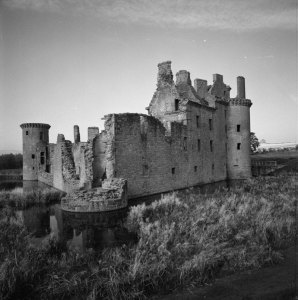
Photograph of a ruin possibly near St Govan’s Head, Pembrokeshire (c.1930s–80s), John Piper © The Piper Estate
Recognise this ruin? Tate called on the general public for help yesterday, as they attempt to identify the locations in nearly 1,000 photographs taken by John Piper. The British artist is best known as a painter of bombed-out buildings and romanticised ruins, but he was also a keen photographer who took thousands of pictures as he travelled the UK between the 1930 and 1980s.
His archive is a treasure trove for anyone interested, as he was, in the changing face of Britain – its worked landscape, distinctive buildings and the small, tell-tale traces of everyday life left by passing generations. He had a particular interest in remote and overlooked places, which has presented today’s researchers with something of a headache. While the majority of Piper’s photographs in Tate’s archive have defined locations, many remain a mystery. Could crowd-sourcing be the solution?
As part of Tate’s ongoing Archives and Access project, nearly 6,000 of Piper’s photographs are now available to view online. Those behind the project hope that people will recognise some of the images and call in with information. Such a collective effort could quickly expand our knowledge of Piper’s work – and our appreciation of the country he snapped so enthusiastically.
Tate’s project echoes the Public Catalogue Foundation’s groundbreaking initiatives, ‘Your Paintings’ and ‘Art Detective’. After photographing and digitising every oil painting currently held in UK public collections, they asked the general public to help out by tagging and describing the works. The more people add, the easier it becomes to navigate the database as entries are linked by key words and themes. ‘Art Detective’ helps to put curatorial researchers from public collections in touch with relevant experts and well-informed members of the general public who they might not otherwise come across.
Initiatives like these could revolutionise the way we engage with art and archives, opening up research opportunities while also ensuring that research reaches a far wider interested audience than has been possible in the past. Why not get involved? If nothing else, Piper’s images could open your eyes to some of Britain’s undiscovered, or hopefully rediscovered, gems.
Can you help Tate Archive identify these John Piper photographs?

Photograph of a ruin possibly near St Govan’s Head, Pembrokeshire (c.1930s–80s), John Piper © The Piper Estate
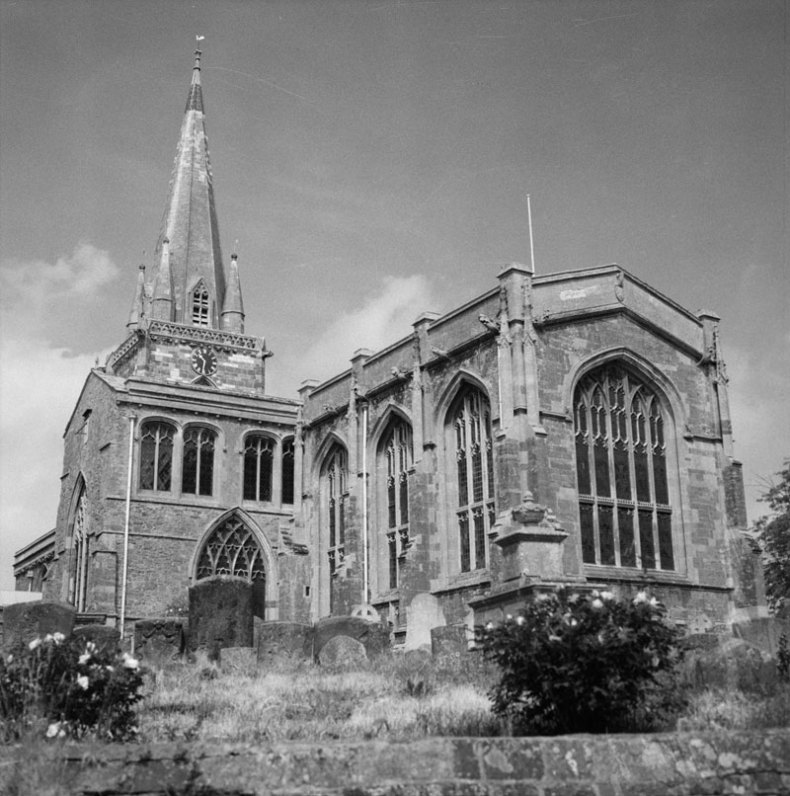
Photograph of a church possibly in Badminton, Gloucestershire (c.1930s–80s), John Piper © The Piper Estate
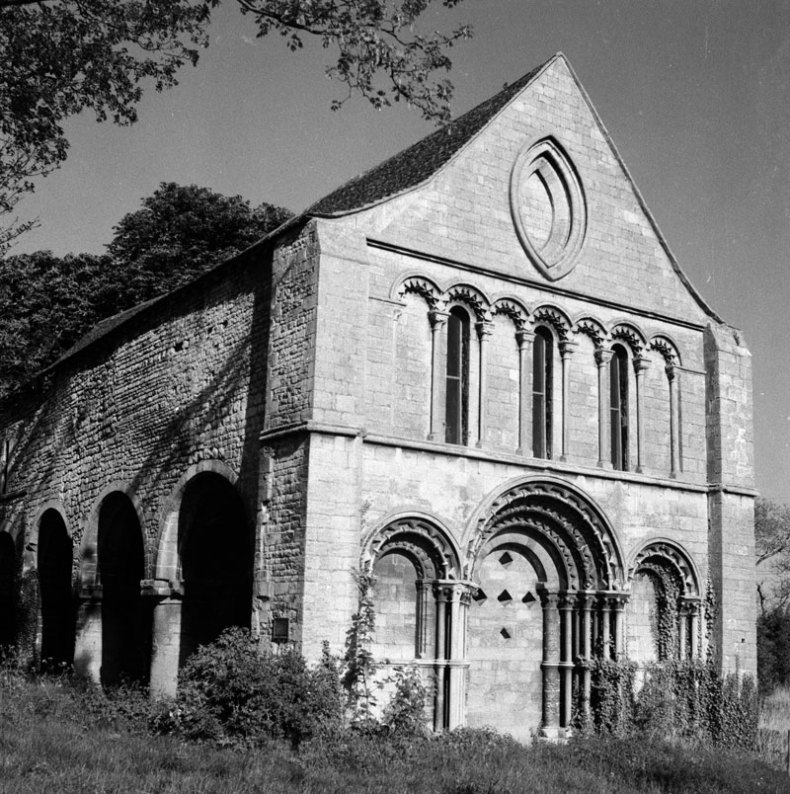
Photograph of a chapel possibly in Stamford, Lincolnshire (c.1930s–80s), John Piper © The Piper Estate
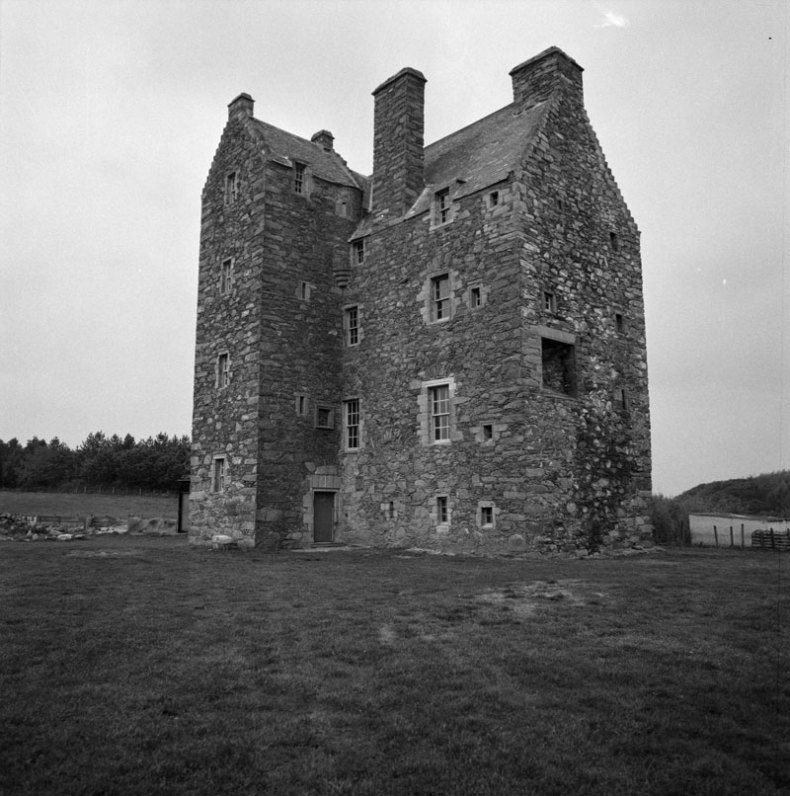
Photograph of a building, possibly a castle, in Scotland (c.1930s–80s), John Piper © The Piper Estate
Unlimited access from just $16 every 3 months
Subscribe to get unlimited and exclusive access to the top art stories, interviews and exhibition reviews.



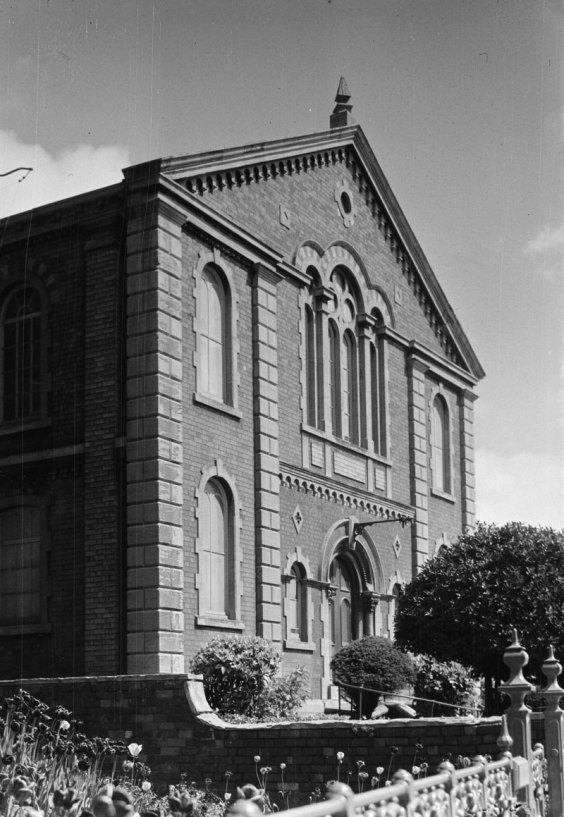
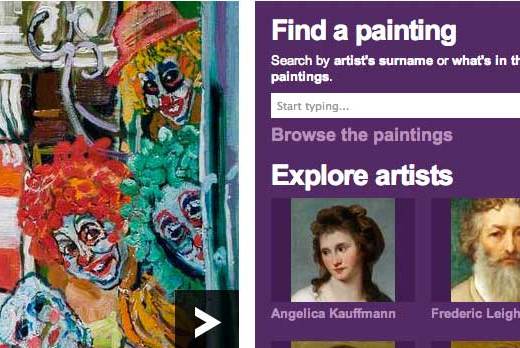
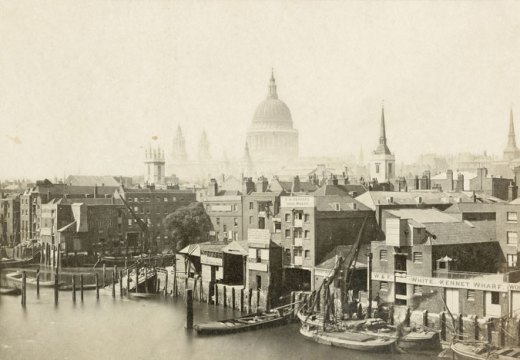
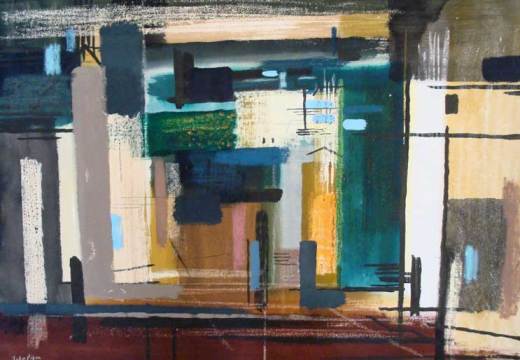









![Masterpiece [Re]discovery 2022. Photo: Ben Fisher Photography, courtesy of Masterpiece London](http://www.apollo-magazine.com/wp-content/uploads/2022/07/MPL2022_4263.jpg)
It’s time for the government of London to return to its rightful home